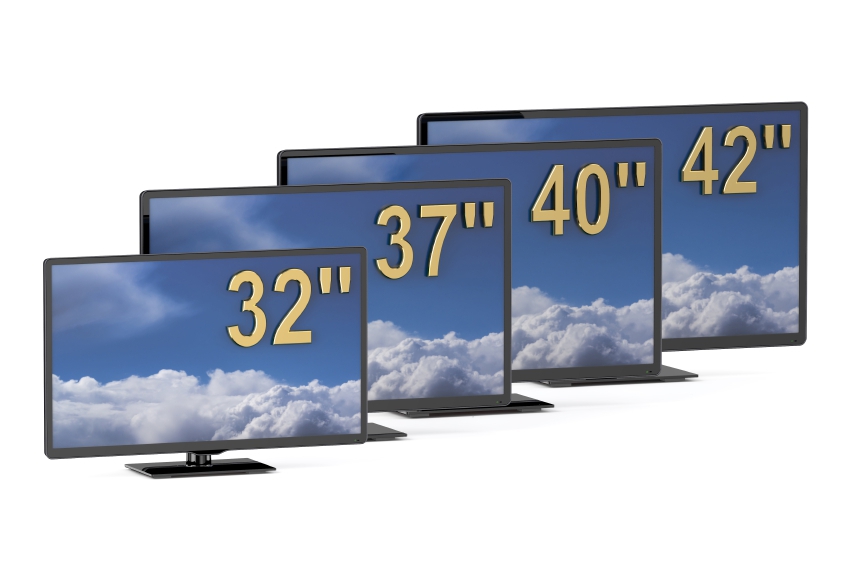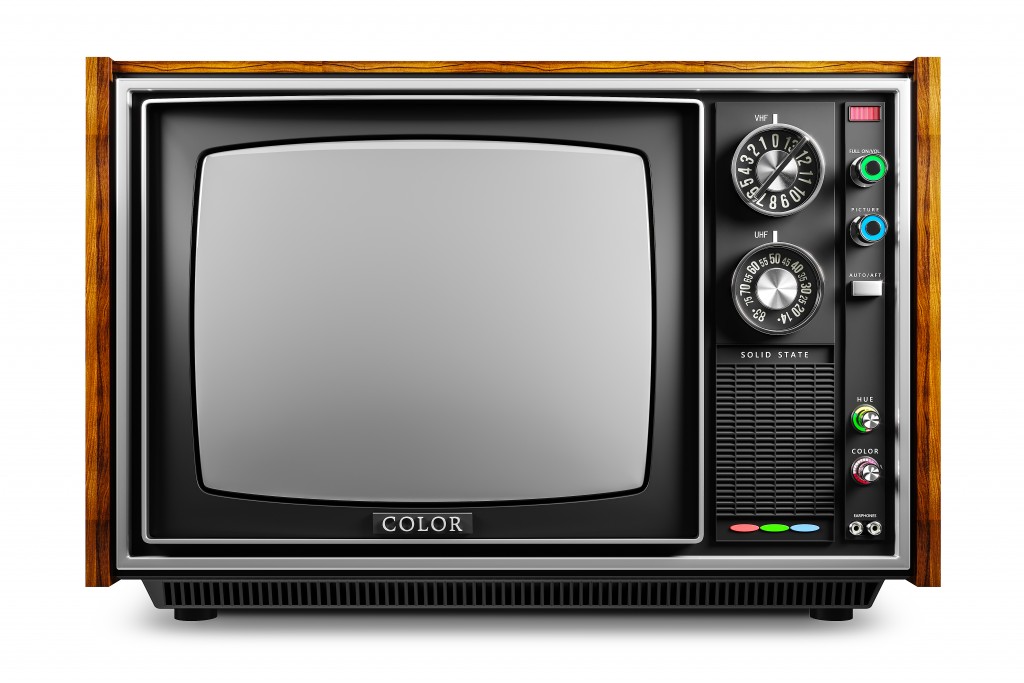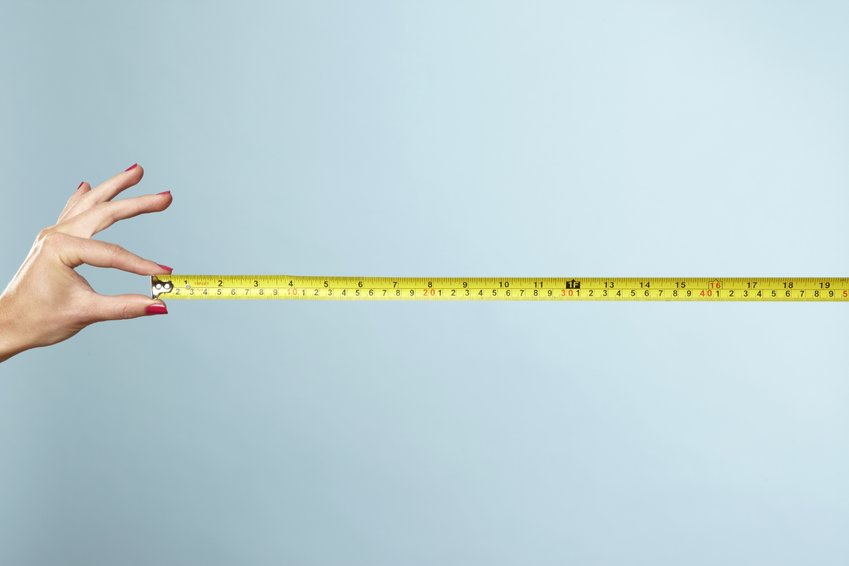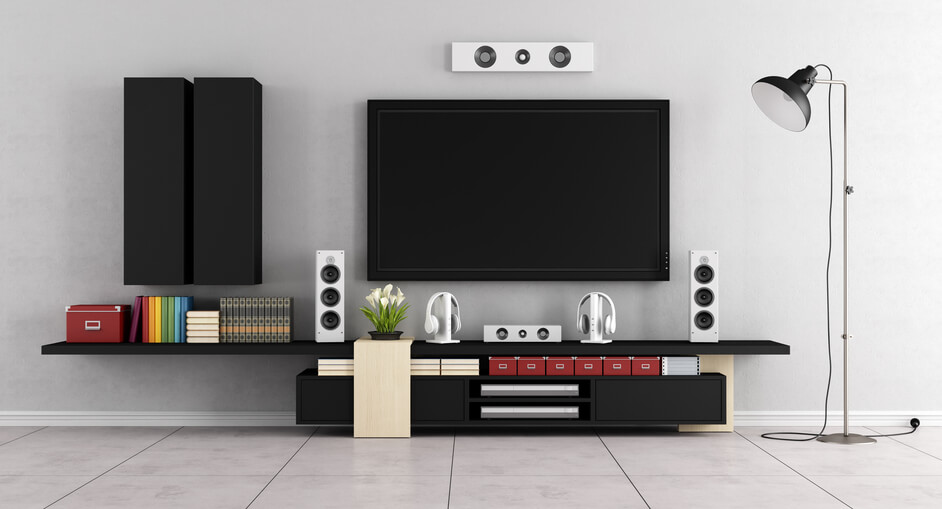One of the most important aspects of buying a television is knowing what size you want the screen to be. A lot of people will want to try and get the biggest possible screen that will fit in their living room, whilst others may want a smaller screen in other rooms of the house, such as the kitchen or a bedroom. Whatever the case, it’s useful to know how to properly measure a television so you can make sure you purchase a TV that will definitely fit where you need it to.
Here at Cheap LED TVs, we have TVs available in a wide range of sizes. Whilst all of our TVs will have their size listed, it’s a good idea for you to know how to accurately measure a TV screen in case you ever need to in the future when deciding on your next TV. Here, we’ll show you how to do just that:

It’s All About the Diagonal
Logically, if you grabbed your tape measure and went up to your TV screen, it wouldn’t be unusual for you to assume you measure straight across the middle. However, TV screens are in fact measured diagonally from one bottom corner to one top corner, not horizontally or vertically.
It actually makes sense if you think about how TV sizes are listed. TV sizes are described using just a single measurement, 30-inch, 42-inch, 50-inch etc.; this measurement dictates the size of the screen from corner to corner. If TVs were measured horizontally and vertically, the sizes would be formatted with two measurements, showing the height by width.
In order to measure accurately, use a tape measure and measure from the inside corner, where the screen ends. If you start measuring from the frame you won’t get an accurate measurement for the screen itself.

Why Diagonal?
So why do we measure TVs diagonally, rather than just doing the height and width? To answer that question we must travel back in time all the way to the Cathode Ray Tube television sets first manufactured in 1934.
You probably haven’t seen an old CRT TV other than in technology museums. This outdated tech paved the way for how future screen sizes would be measured. These old TVs had a circular glass bulb as a display, with a rectangular image displayed on it. It was the diameter of the circle that was given as the size of the screen. When rectangular CRT bulbs were developed, the diagonal measurement was used because it was the closest equivalent measurement to the existing circular bulbs.
So, the short answer is, it’s just always been that way; the old style of measuring stuck, and there never seemed much point in changing it.
But why not just change it? Why not use height and width as the standard measurement for TV screens? Well, honestly, it’s just a matter of perspective. Think about it, if someone were to say, “Hey, check out my new 42-inch TV!” you’d have a pretty good idea of how big that TV is. But if instead he said, “Hey, check out my new 20.5-inch x 36.5-inch TV!” you would probably be quite confused.
Even though these measurements describe the exact same size, people just like to stick to what they know. Trying to introduce this new style of describing TV screen measurements would take a long time for people to adapt, if they ever did at all.
Simply put, it’s just a lot easier to stick to one measurement and call it a day. The ratio of height to width of TVs has remained largely consistent. Whilst many older models were 4:3, at a ratio of 1.33:1, most HD TVs are now 16:9, giving newer models a fairly consistent aspect ratio of 1.77:1.

Cheap LED TVs
Now that you’ve learnt all about measuring a TV screen, you should be more equipped when it comes to buying your next set. Not only is it good to know how much space the set will take up in your home, but the size is also relevant to the distance you need to sit away from the screen to enjoy the full viewing experience.
Our friendly members of staff are always on hand to help, if you have any questions about our range of Cheap LED TVs, so don’t hesitate to get in touch today.


 My Cart -
My Cart - 






